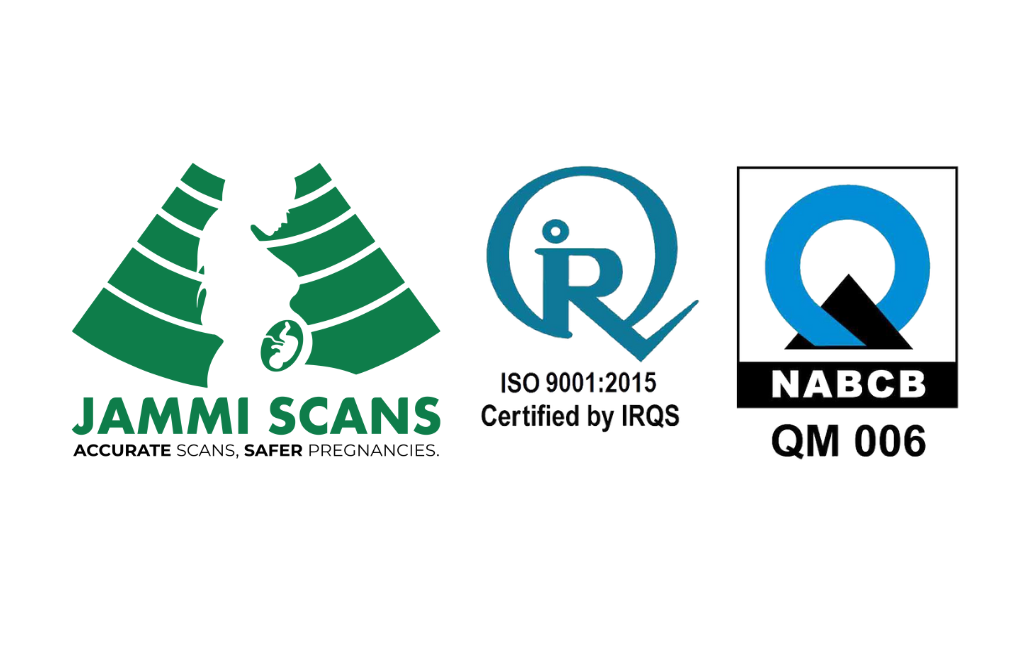Table of Contents
ToggleIs NT Scan Safe for Baby?
After the detection of pregnancy, it is necessary to undergo pregnancy screenings in the following first, second, and third trimesters.
NT or Nuchal translucency scan is the first-trimester scan. It is safer and non-invasive. It doesn’t cause any harm to the baby as well as to the mother.
Should I worry about the NT scan?
NT scan is a painless procedure. If you are in your first pregnancy, there are possibilities of you developing anxiety towards it. There is no necessity for worry during the period of the scan.
However, there still will be concern about the results. It is suggested to get yourself together to be prepared for the situation and follow up with your obstetrician if any abnormality is detected.
Can an NT scan cause miscarriage?

NT scan is not likely to cause miscarriage but the increased level of Nuchal translucency can cause loss of the fetus. In such pregnancies, NT thickness up to 3 mm does not appear to have an impact on the risk of miscarriage.
Instead, the likelihood of miscarriage and delivery seems to rise with the number of prior pregnancies, and the risk may be highest in the youngest and oldest women.
After the detection of pregnancy, it is necessary to undergo pregnancy screenings in the following first, second, and third trimesters.
NT or Nuchal translucency scan is the first-trimester scan. It is safer and non-invasive. It doesn’t cause any harm to the baby as well as to the mother.
How long does the NT scan take?
NT scan is done once in the first trimester between 11 and 14 weeks of gestation. It is a non-invasive procedure that takes place around 20-40 minutes. (Based on baby’s position)
Most health care systems deliver the results of the NT scan on the same day making it easier for the mother and the obstetrician.
How is the NT scan done?
You are asked to lie on your back on the couch to start the examination. It is suggested to wear comfortable clothing during the test day. A gel is applied to your lower abdominal area.
A transducer is gently moved around the abdomen while the images of it are seen on the screen through ultrasound waves. The screen shows various images of the growing fetus.
The obstetrician measures the crown-rump length, nuchal translucency, fetal presentation, and the general anatomy of the fetus.
Because of the position of the fetus, it can occasionally be challenging to obtain the nuchal translucency using an abdominal ultrasound scan.
It may occasionally be necessary to perform a transvaginal ultrasound to take this measurement.
A tiny, specially shaped transducer is inserted into the vagina during a transvaginal ultrasound, and because it is closer to the fetus, it can produce clearer images.
If a transvaginal ultrasound is necessary, you will be fully informed of the procedure and asked for permission.





